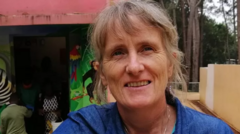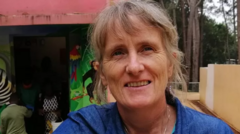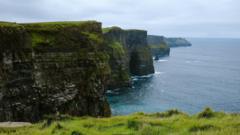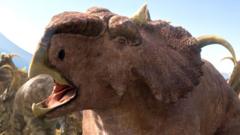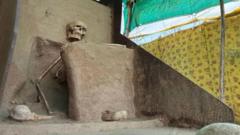Excavators commenced work on Monday in Tuam, Ireland, aiming to uncover the remains of hundreds of children who perished in a home for unwed mothers from 1925 to 1961. The St. Mary’s Mother and Baby Home, operated by the Bon Secours order, has a dark history, with many infants believed to have been disposed of in septic tanks. The excavation project is marked by a solemnity, as it seeks answers to questions that have haunted families for decades.
Daniel MacSweeney, overseeing the excavation through an independent body established by the Irish government, emphasized the importance of these findings for many families. An estimated 800 children died within the home, with roughly half passing away before reaching their first birthday. The search will initially utilize small machinery to locate potential burial sites before transitioning to manual digging as remains are discovered, given the challenging nature of the site.
The institution, known for its harsh conditions and secrecy surrounding the treatment of mothers and their children, has been widely criticized, casting a shadow over both the Catholic Church's role and the support it received from the Irish government. As the excavation progresses, there is hope for understanding and reconciliation regarding this dark chapter in Ireland's history.







